Sustainable Development Goal 5 calls for “achieving gender equality and empowering all women and girls.” The goal includes a sub-target to eliminate child and forced marriage, a violation of human rights and harmful practice that disproportionately affects girls—82 percent of child marriages involve girls.
Mostly driven by poverty, child marriages frequently cut girls off from education and result in an increased risk of sexually transmitted diseases, cervical cancer, malaria, death during childbirth, and obstetric fistulas. Their children risk premature birth and death, and are 60 percent more likely to die in their first year than children of mothers older than 19. Globally, complications of pregnancy and childbirth are the leading cause of death for girls aged 15 to 19. They face higher risk of abuse, exploitation, and isolation from family and friends, hurting their physical and mental health.
Forced displacement brings additional vulnerabilities, ranging from severe violence to longer-term challenges around legal documentation. Without proper registration of their children and themselves, schooling, health, and other services may be out of reach and statelessness beckons. Abandonment and navigating polygamous marriages often with much older husbands and other wives are further challenges.
Figure 1: Prevalence of child marriages in MENA is near the global average but rising
Source: UNICEF
There are some 750 million child brides globally. The Middle East adds 700,000 child brides every year to its 40 million child brides, including currently married women wed as children. There has been progress over the past 25 years: Child marriages have gone from one in three marriages to one in five. However, progress has stalled and significantly reversed in some countries, mostly due to conflicts in the Mashriq, Yemen, and Libya. For these countries, it could take decades to recoup their losses and resume progress.
While Syrian child marriages have surged, there are increases among all forcibly displaced and otherwise conflict-impacted populations in MENA. In Iraq, child marriages stood at 15 percent in 1997 but 24 percent in 2016, including 5 percent younger than 15. In Yemen, with no legal minimum marriage age, two-thirds of marriages involve underage brides, including 44 percent under 15. Child marriages in pre-war Yemen stood at 32 percent. In Libya, which, at 2 percent, had one of MENA’s lowest rates, the numbers are rising, especially in areas controlled or influenced by radical groups.
Figure 2: Prevalence of child marriage varies in the MENA region
Source: UNICEF
In prewar Syria, 13 percent of Syrian women aged 20-25 were married before 18; today child marriages have increased among all Syrian populations, including those not displaced. The numbers have worsened dramatically among the forcibly displaced, including refugees whose vulnerabilities are glaring when compared to host populations. The legal age of marriage is 18 in Jordan but judges could allow 15-year-old girls to marry in exceptional cases—until April 2019 when this age increased to 16. The proportion of underage marriages is 8 percent in Jordan. For the 1 million Syrian refugees in Jordan, however, the proportion of child marriages jumped from 15 percent in 2014 to 36 percent in 2018. In Lebanon, the legal marriage age varies by religious affiliation and child marriages stand at 6 percent. However, a 2016 study noted that the prevalence of child marriage among its over 1 million Syrian refugees had reached 39 percent. Nikah ‘urfi, traditional marriages according to Islamic precepts in Lebanon and Jordan, also leave child brides with little protection, facilitating divorce for husbands and abandonment for girls.
In Turkey, the legal marriage age is 18 (17 with parental consent). Registered marriages are civil marriages; religious and polygamous marriages are illegal—though both exist informally. In 2018, 3.8 percent of legal marriages involved those under 18 but the low number of recorded marriages of Syrians in 2018 (5000 from a population of 3.6 million Syrian refugees) underlines that most marriages are unrecorded. In 2016, it was estimated that the proportion of Syrian refugee child brides was roughly similar (26 percent) to those in other countries.
In forced displacement and conflict, child marriages, while building on existing practices, reflect negative coping mechanisms. Parents are fearful for girls’ safety and their “honor” and use marriages to provide for and safeguard their daughters. Marriage to local men is sought for host community acceptance, while dowries present another incentive to poor families. Child and forced marriages, as well as sexual violence, have also been weaponized to panic, intimidate, and displace populations.
Child marriages are a development challenge. The human tragedy and its long-term impact on individuals and communities aside, UNICEF estimates that child marriage costs economies at least 1.7 percent of GDP. Estimates are that ending child marriage would save billions of dollars in annual welfare expenditures, with global savings of more than $4 trillion by 2030. Solutions require long-term commitments. The Regional Accountability Framework to End Child Marriage in the Arab States/MENA (RAF), a UNICEF and UNFPA collaboration, advocates empowering girls by strengthening their voices and agency via education, health services, and life skills and economic opportunities. Also suggested are community engagements to change social norms and behavior, strengthening legal and policy frameworks, supporting evidence generation as well as promoting cross-sectoral engagements and capabilities via joint interventions on health, education, child protection, and social protection.

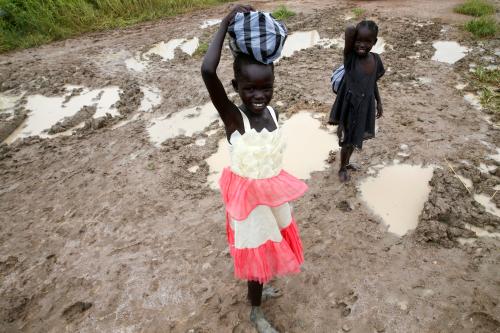
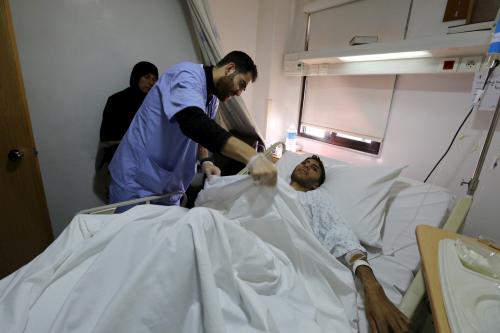


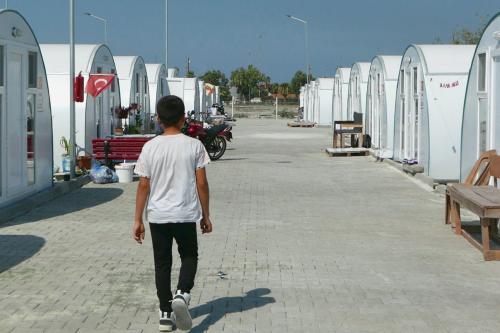
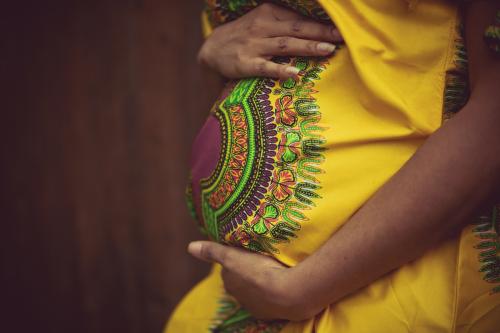
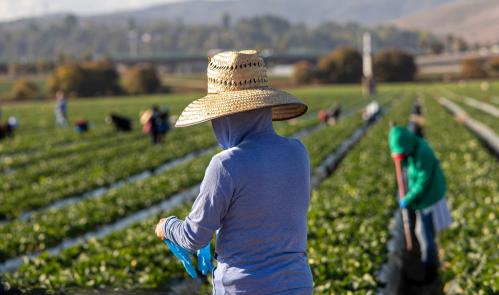
Commentary
Forced displacement and child marriage: A growing challenge in MENA
June 19, 2019